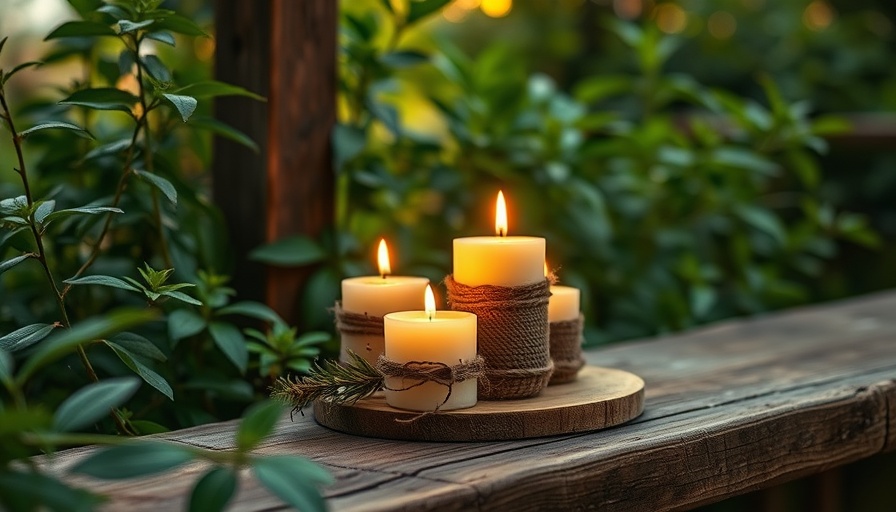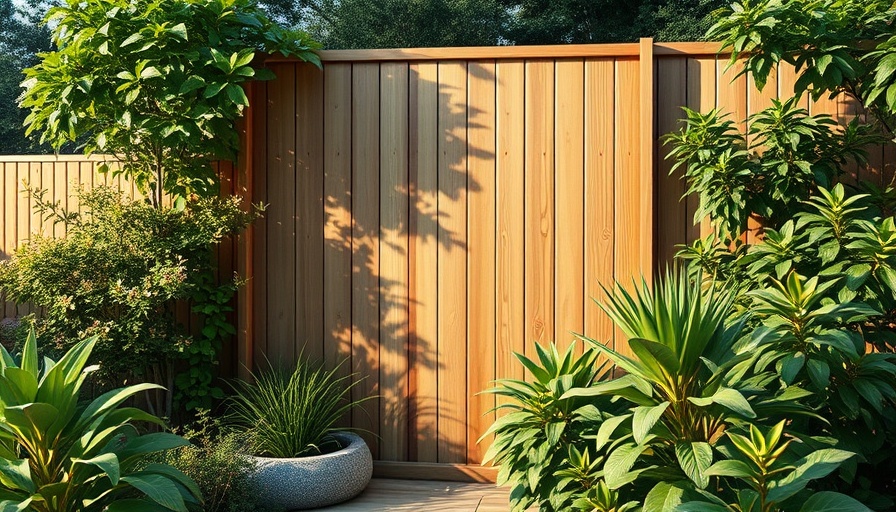
Transform Your Backyard with DIY Citronella Candles
If you're someone who loves spending time outdoors, you’ve probably encountered that one pesky issue that plagues every backyard gathering: mosquitoes. They seem to have a special attraction to some of us (myself included!), turning delightful evenings into an itchy nightmare. But fret not! With DIY citronella candles, you can create a natural barrier against these unwanted visitors while also adding a warm, welcoming glow to your outdoor space.
Why Choose Citronella Candles?
Citronella candles are known for their ability to repel mosquitoes with a scent that masks our own. Recent studies have shown that while they’re not foolproof, they can be effective in a typical garden setting. In fact, they work about 40% of the time, offering a better option than toxic chemicals that might otherwise bombard our backyard sanctuaries. So, if you're enjoying a nice glass of wine after a long day, lighting a few of these candles could help keep those pesky bites at bay.
Gather Your Materials
What makes this project even more appealing is its simplicity! Here’s what you’ll need:
- Candle wax (beeswax or soy)
- Citronella essential oil
- Wicks
- Containers (old jars, tin cans, or decorative holders)
- A double boiler or a microwave-safe bowl
- Optional: old crayons for color
Step-by-Step Candle Making
Let’s dive into the fun part: crafting your candles. First, melt the wax in your double boiler over low heat. If you want to add color, you can include bits of crayon to your wax. Then, once fully melted, mix in the citronella oil—approximately 10-15 drops per cup of wax. This not only enhances the scent but boosts the candle's repelling power.
Next, secure your wick inside the container with a bit of melted wax or tape. Pour the wax mixture into the container and make sure the wick remains centered. Allow your candles to cool completely before trimming the wick to about 1/4 inch above the wax.
Eco-Friendly and Cost-Effective
Going the DIY route is not only fun but also cost-effective! You can even repurpose old containers, minimizing waste and sprucing up your garden decor at the same time. Moreover, for the environmentally conscious gardener, using natural materials means that you’re creating a more sustainable product for your home. This aligns well with organic gardening practices, which emphasize the need for non-toxic pest solutions.
Enhance Your Outdoor Living Space
Imagine your backyard illuminated by the warm glow of homemade candles, while the delightful scent of citronella hangs in the air. Pair these candles with beautiful landscaping elements—like a herb garden or seasonal flower layout—to create the perfect atmosphere for gatherings. Consider adding a seating area near your garden, further enhancing the outdoor experience. Your friends and family will appreciate the thoughtful touches, and you can boast about the charming, natural approach to pest control!
Combining Candle Power with Plant Power
For ultimate effectiveness in mosquito control, pair your citronella candles with mosquito-repelling plants such as marigolds or lavender. These plants serve a dual purpose: beautifying your garden while also warding off pests. As a gardener, you know the importance of plant health and diversity. Incorporating plants that deter garden pests can further ensure that your outdoor sanctuary remains inviting and relaxing.
Conclusion: A Toast to an Enjoyable Summer
As you gear up for those sunny evenings, rediscover the joy of your gardens and outdoor spaces. DIY citronella candles are not just practical; they also reflect a personal touch that embodies the spirit of your home. For those looking to nurture their green thumb while safeguarding their outdoor living experiences, let your creativity flourish. Gather your materials and start crafting today!
Just remember, while citronella candles are effective, combining them with other methods—such as organic bug sprays—creates the best defense against mosquitoes. Embrace the summer with confidence and enjoy the time spent in your garden!
 Add Row
Add Row  Add
Add 




Write A Comment